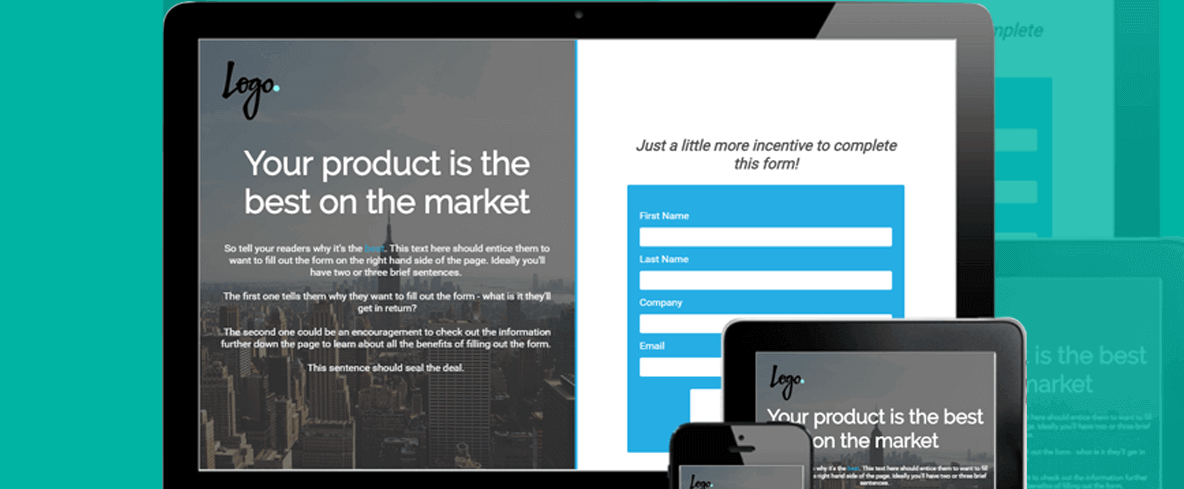Incorporating branding into your website’s SEO copywriting strategy is the key to better conversion. Asking the right questions about your brand value and target audience will help you zero in on the best brand message for your business. If you want expert guidance on how to arrive at the perfect brand message, check out this article.
But once you’ve defined and established this brand message, how exactly do you incorporate it to your web pages?
Why it’s crucial to optimise your blog posts
It’s not uncommon to encounter websites that use blog posts as mere filler content. While we get that having a bunch of blog posts on your site can be good for SEO (More avenues for keyword stuffing! Yay… or not), misusing these articles is a grave mistake.
If you’re going to invest precious resources in creating content, you might as well make sure that it works for your brand’s core objectives. Why spend time, money, and energy on blog posts that are all keyword and fluff and offer no real value? Sounds downright wasteful, doesn’t it?
Go ahead and take advantage of those blog posts. Incorporating on-brand SEO copywriting techniques into them can score you sweet benefits like enjoying more robust organic traffic or getting recognised as an authority by your target audience.

Keeping the principles of on-brand SEO copywriting in mind while crafting these posts will result to a more cohesive web environment. If your blog posts work hand-in-hand with the rest of your web copy, your audience is bound to notice. A disorganised and disjointed blog section that doesn’t feel as if it “belongs” to your brand can make your customers feel puzzled and uneasy—exactly the opposite of what you’re going for.
Some helpful tips in optimising your blog posts
Here are some tips and tricks for you to consider:
- Listen to your audience! Blogs should be all about (or mostly about, at the very least) creating content to address their concerns and queries.
- Use H2 and H3 tags to organise content into smaller cohesive chunks.
- Link to other posts and pages on your site to drive traffic and keep the customer engaged.
- Use photos, videos, GIFs, and infographics to keep things interesting. Even using italics and/or bold font should help!
- Keep your terminologies on-brand. Use words that are frequently associated with your branding and are already familiar to your audience.
- Always see to it that your articles are engaging, fluff-free, and easy to read for your target clientele.
Do your blog posts right and they’ll be able to sell on their own. Incorporate your existing on-brand SEO strategy upon them, and you’re well on your way to being a superstar—both in the eyes of your customers and search engines alike!
The importance of optimising landing pages
Aside from the home page, landing pages will be the first thing your potential customers will interact with when they visit your website.
Knowing that, you should make sure that these pages are optimised for both SEO and conversion. Never treat them as an afterthought. They present a great opportunity for your site to drive more sales, and neglecting to take advantage of this opportunity would be an unfortunate waste.

Unlike the home page, landing pages usually address only one topic or a specific aspect of your brand. It’s important that whatever pain point you’re talking about on that page is clearly outlined, detailed, and explained. Emphasise how your products or services can address this pain point. Make it clear that you’re there to solve their problem, and then lead your customers to the specific action that they should take to get the solution you promised.
How to optimise landing pages
To complete the optimisation process, follow the tips outlined below:
- Use a compelling H1 tag. Aside from containing the focus keyword for the specific landing page, the H1 tag should embody what you’re offering to your customers on that page. You can also make it all about the particular pain point that you’re addressing.
- Use a well-crafted page outline. Blabbering on words upon words of content with little to no organisation is the best way to get your bounce rates skyrocketing. And you wouldn’t want to throw a yawn party, would you? Outline your page in a way that leads to better engagement. Direct your audience to a rabbit hole of information by keeping your content organised, concise, and value-adding.
- Use the right H2 and H3 tags. H2 and H3 tags can help you direct your audience to the said rabbit hole of information if you use thought-provoking questions and intriguing headings. You can also take advantage of this opportunity to use more keywords.
- Catch them with CTAs. Of course, you can’t expect to see more conversions if you don’t give your audience the means to convert. Include calls to action (CTAs) throughout your content and at the end of the page, as well.
Well-organised landing pages that had been carefully planned, written, and optimised has more merit than you probably think. Keep in mind that they aren’t mere parking spaces for keywords and huge blocks of text.
To sum it up, you should stick to using landing pages to talk about a particular problem that your audience is facing. Seal the deal by demonstrating how your brand can be a unique and effective solution to that struggle.
In conclusion…
Your website’s blog section and landing pages are great avenues for you to connect with and relate to your audience. Incorporating on-brand SEO into these pages by focusing on conveying what your brand really is about will do more for your conversion rates than even the best keyword-stuffing strategy on the planet.
